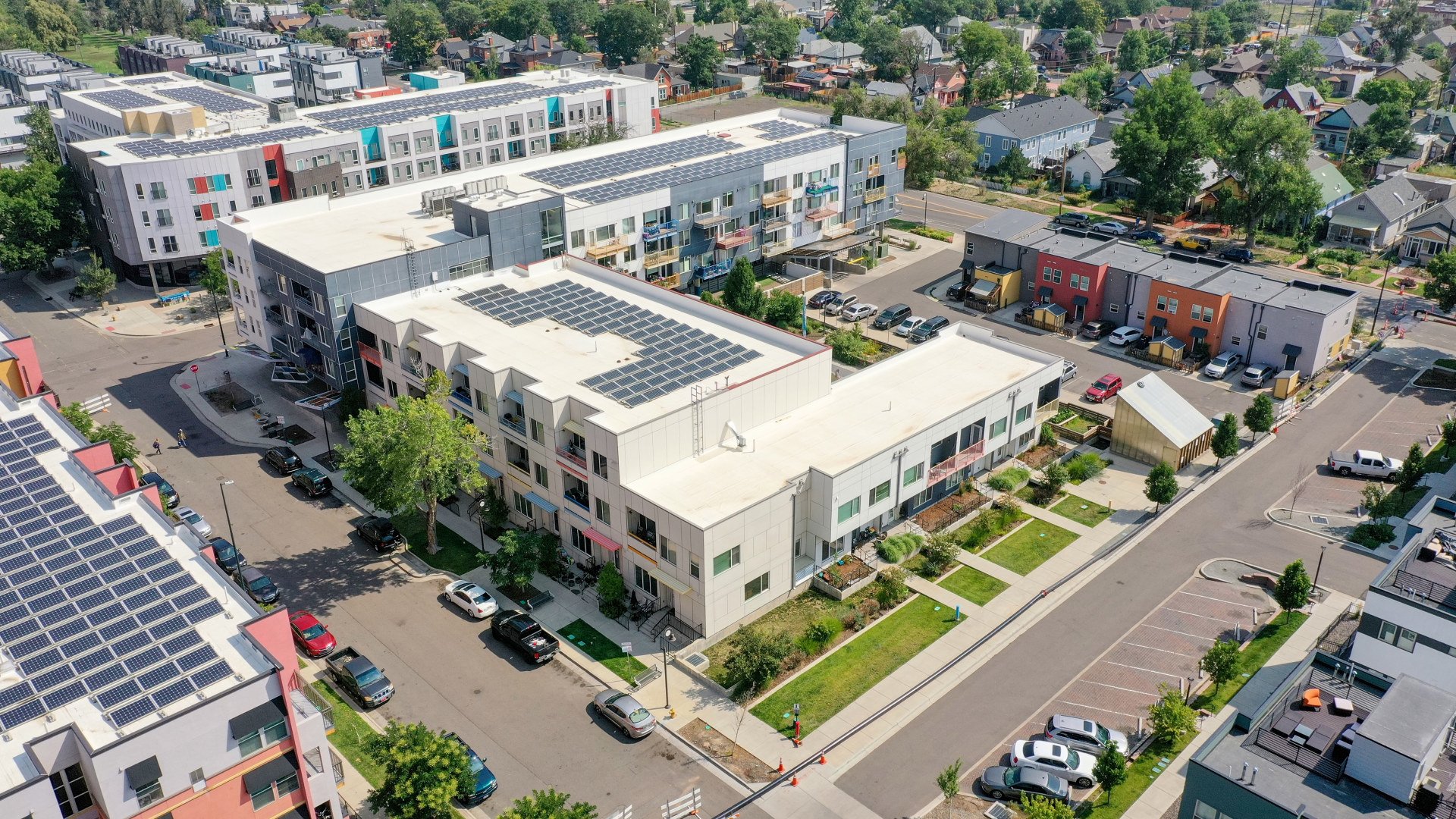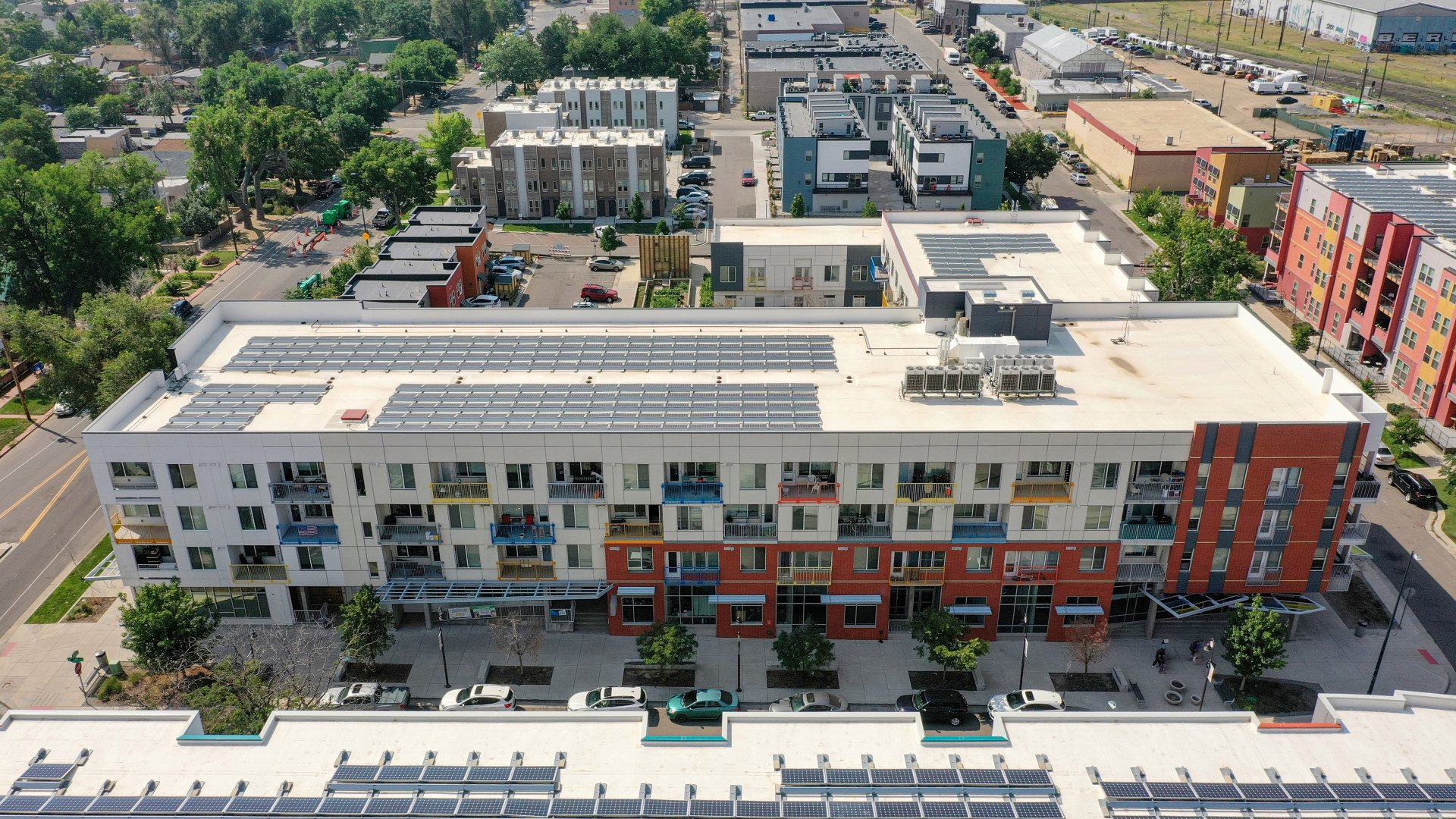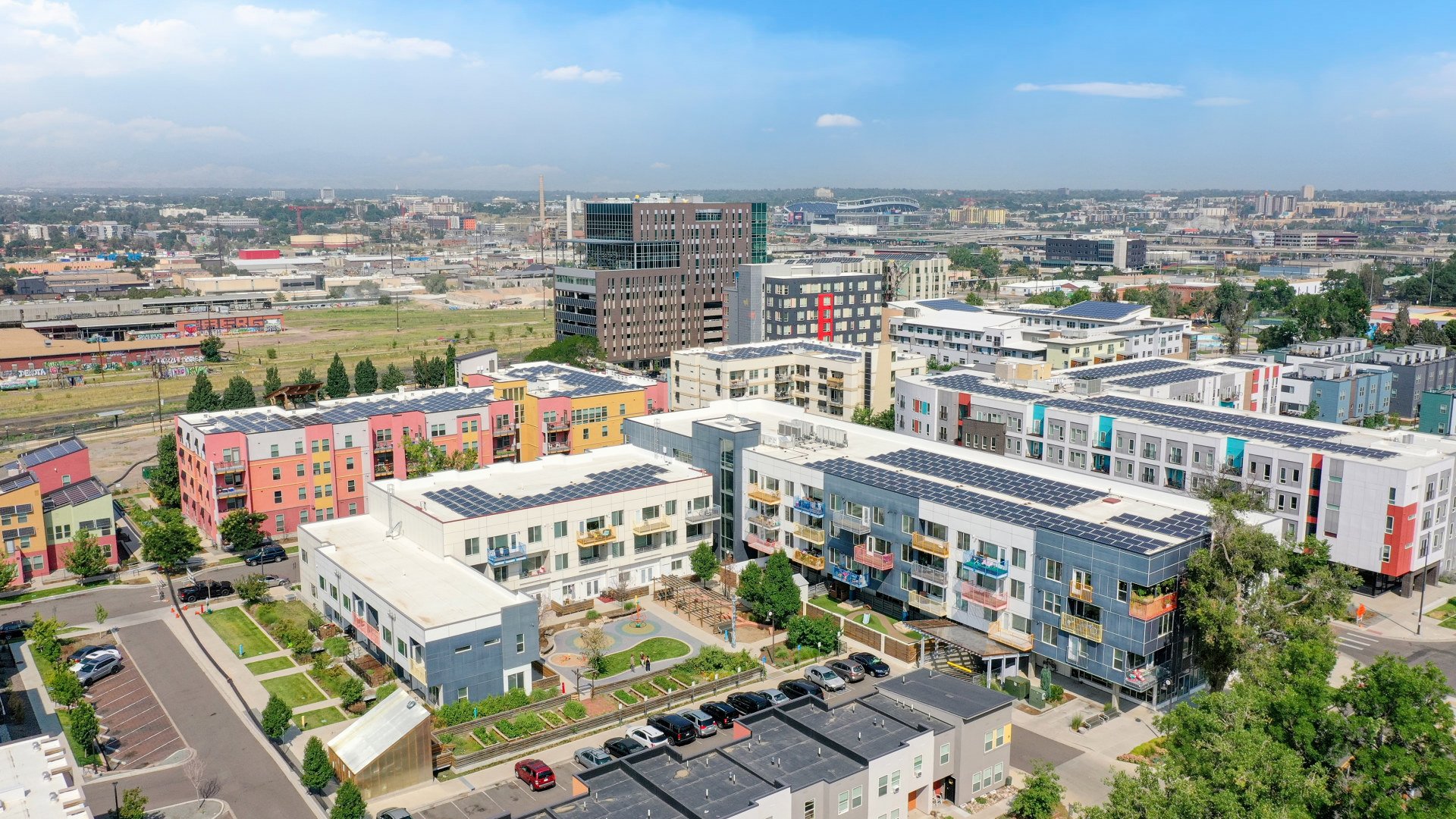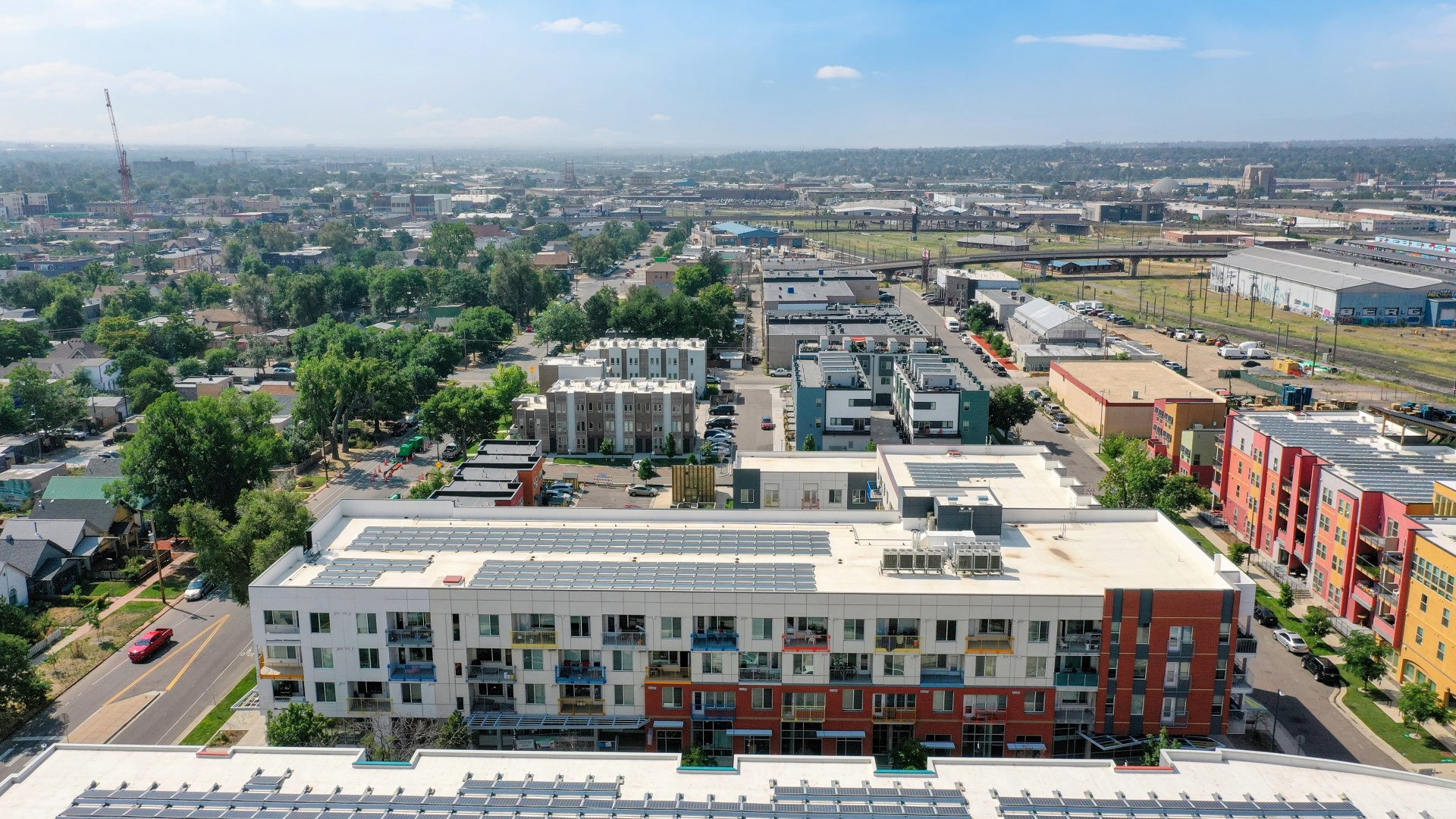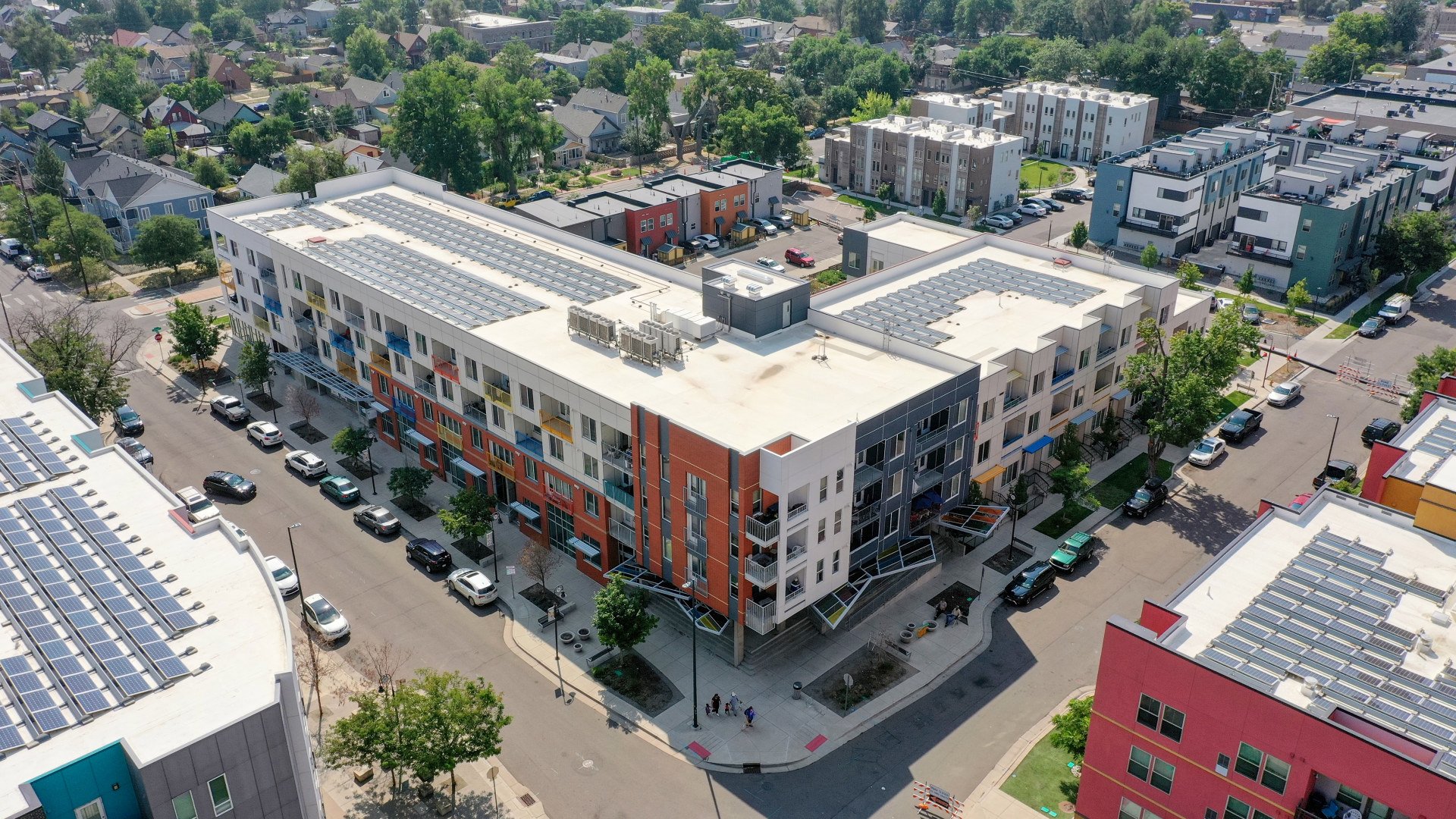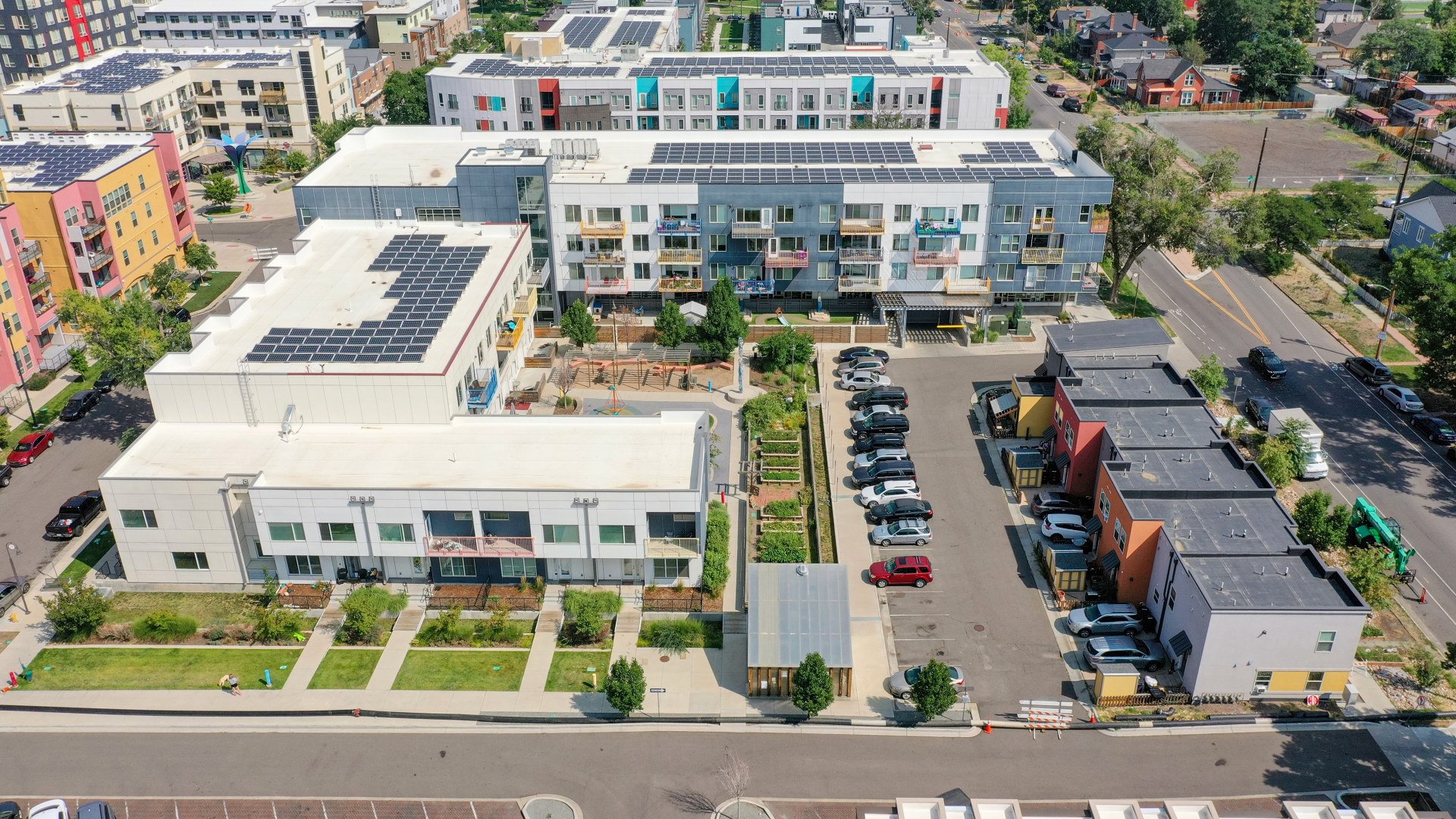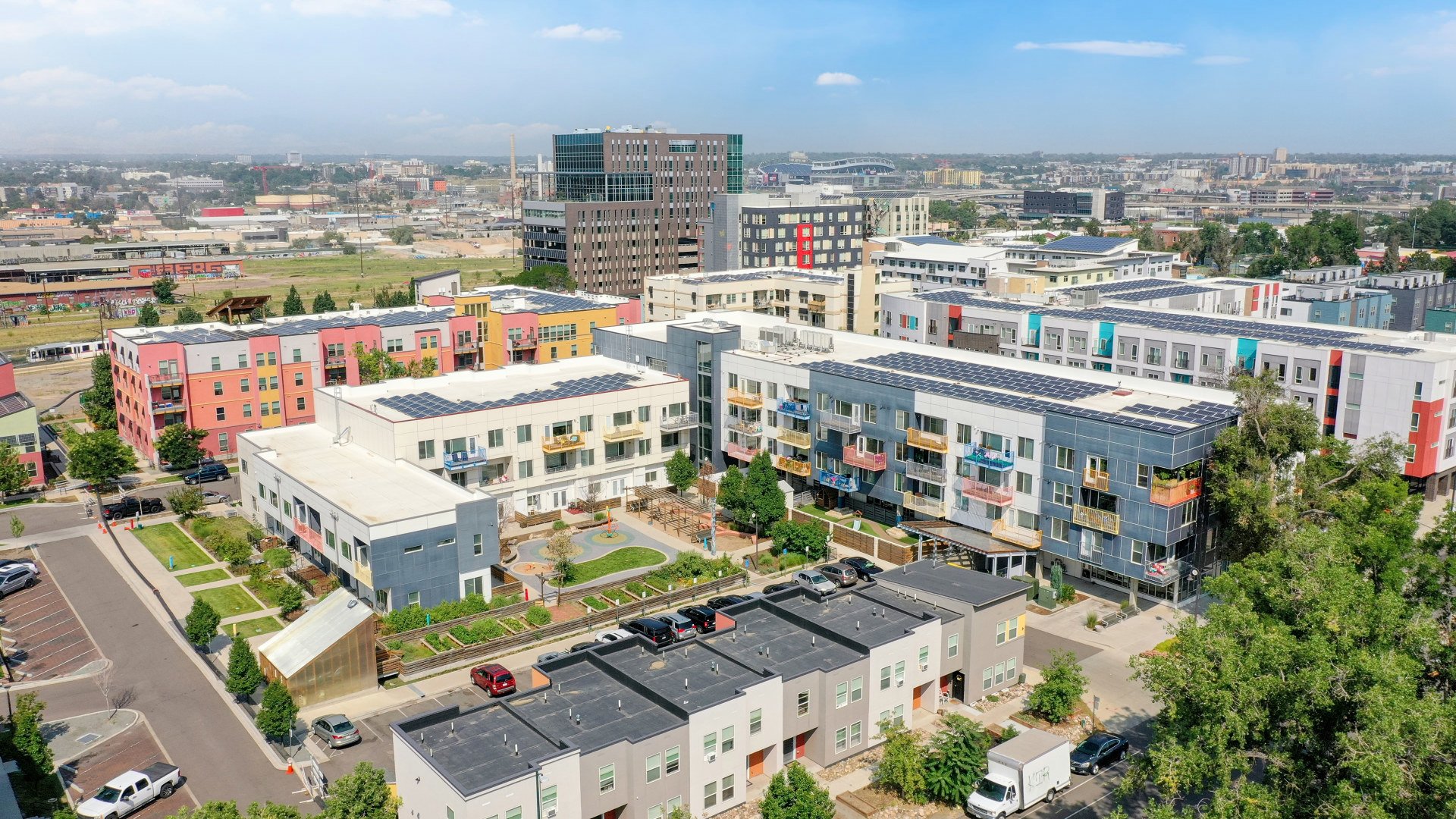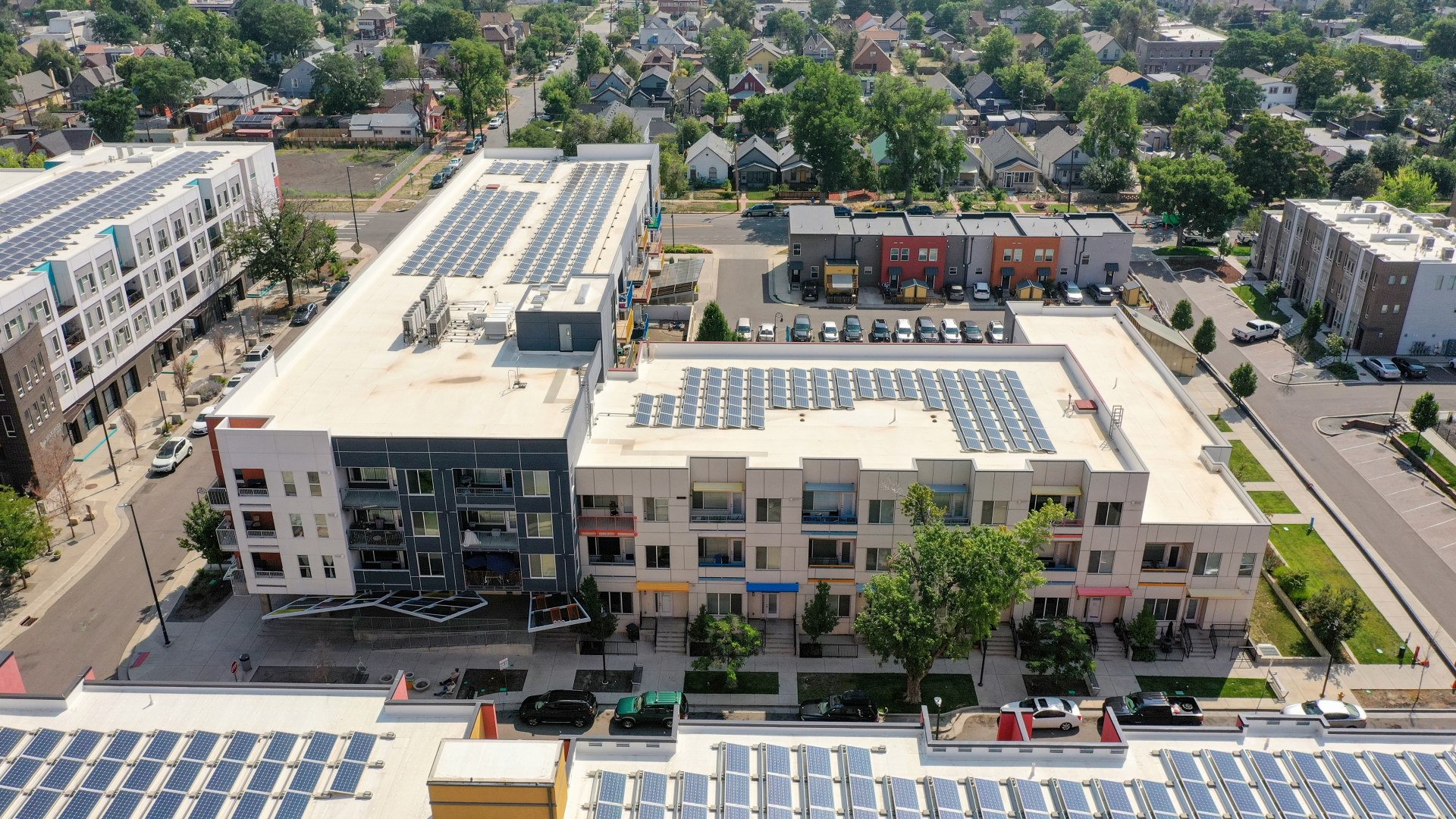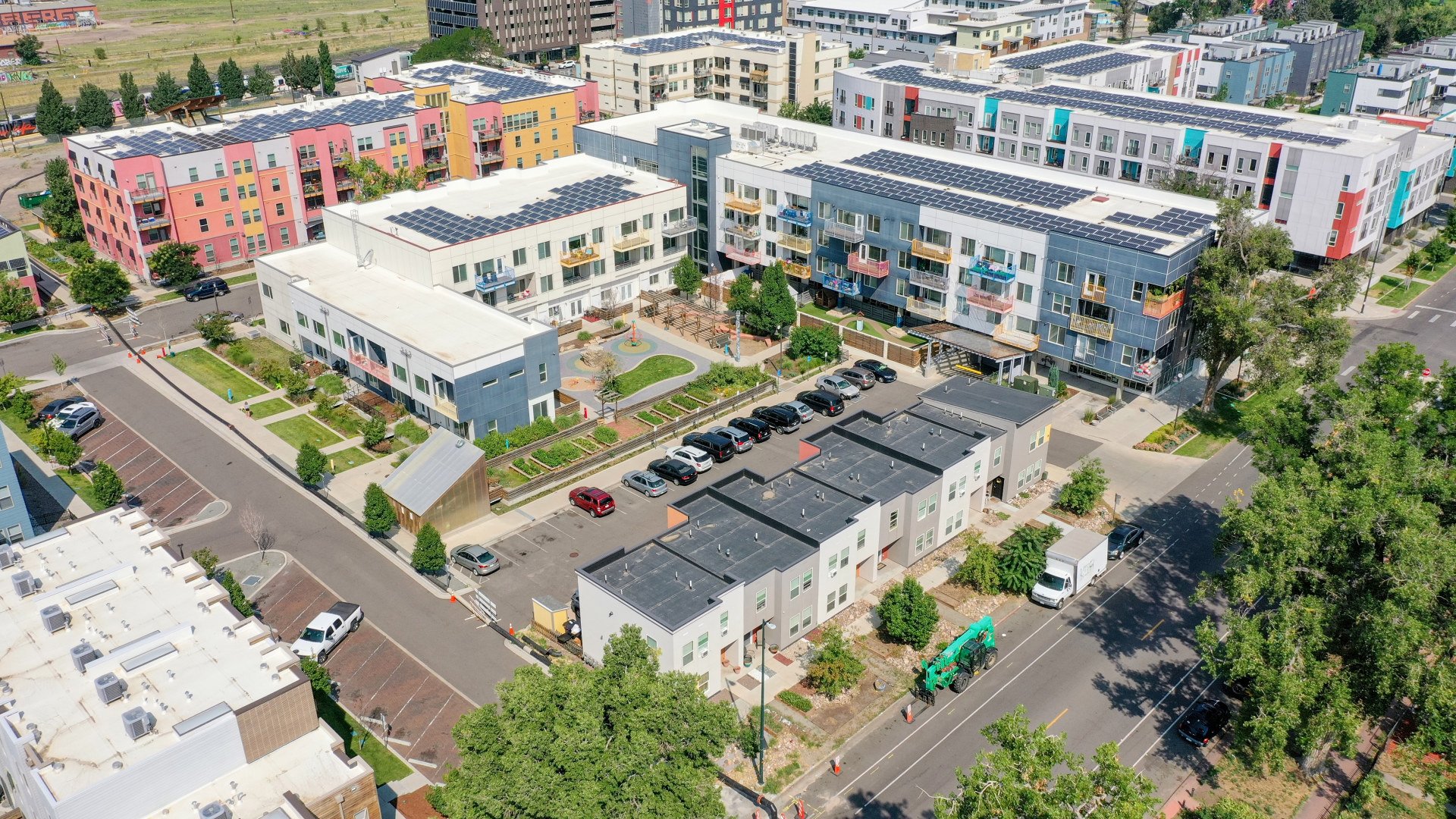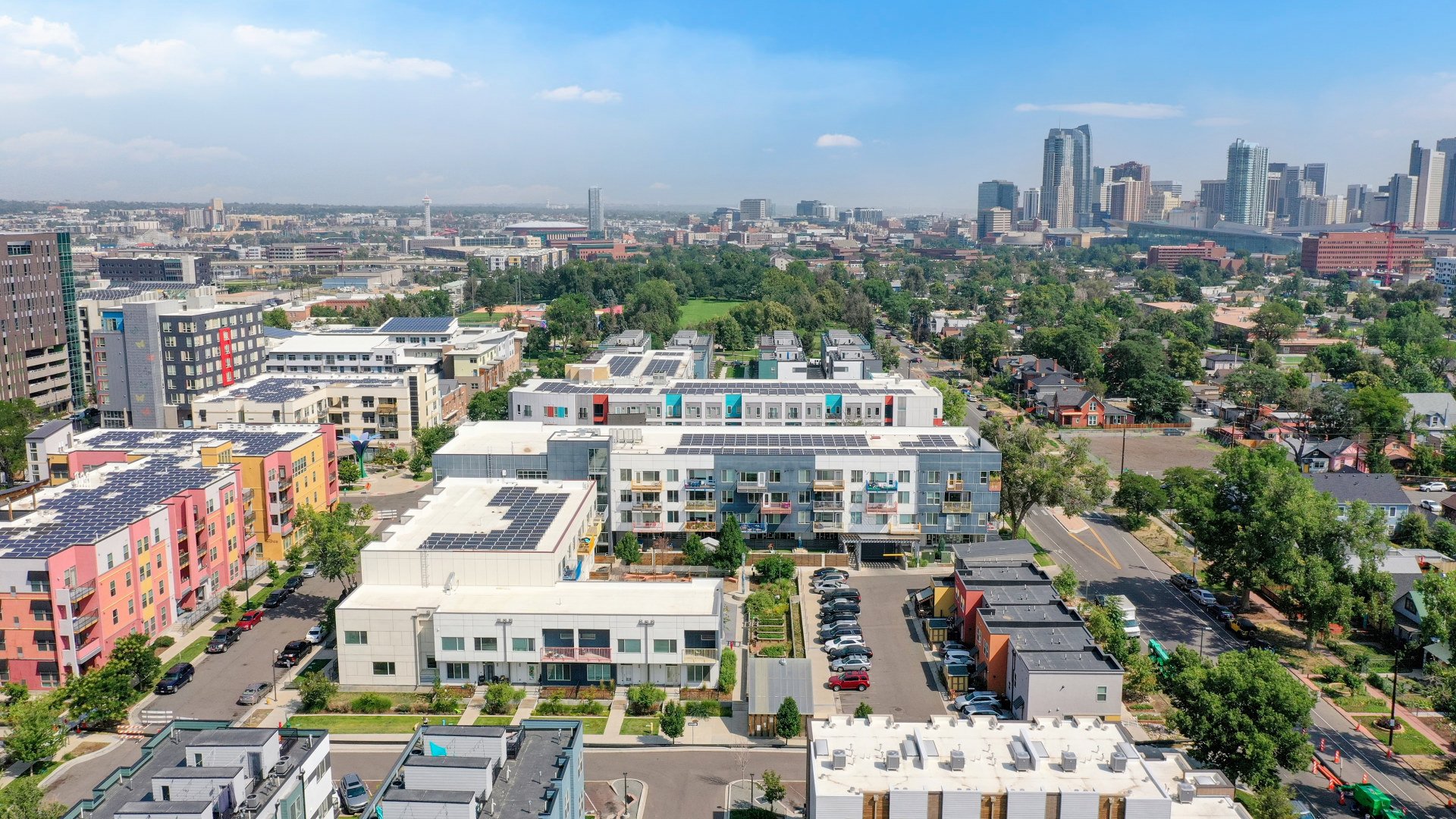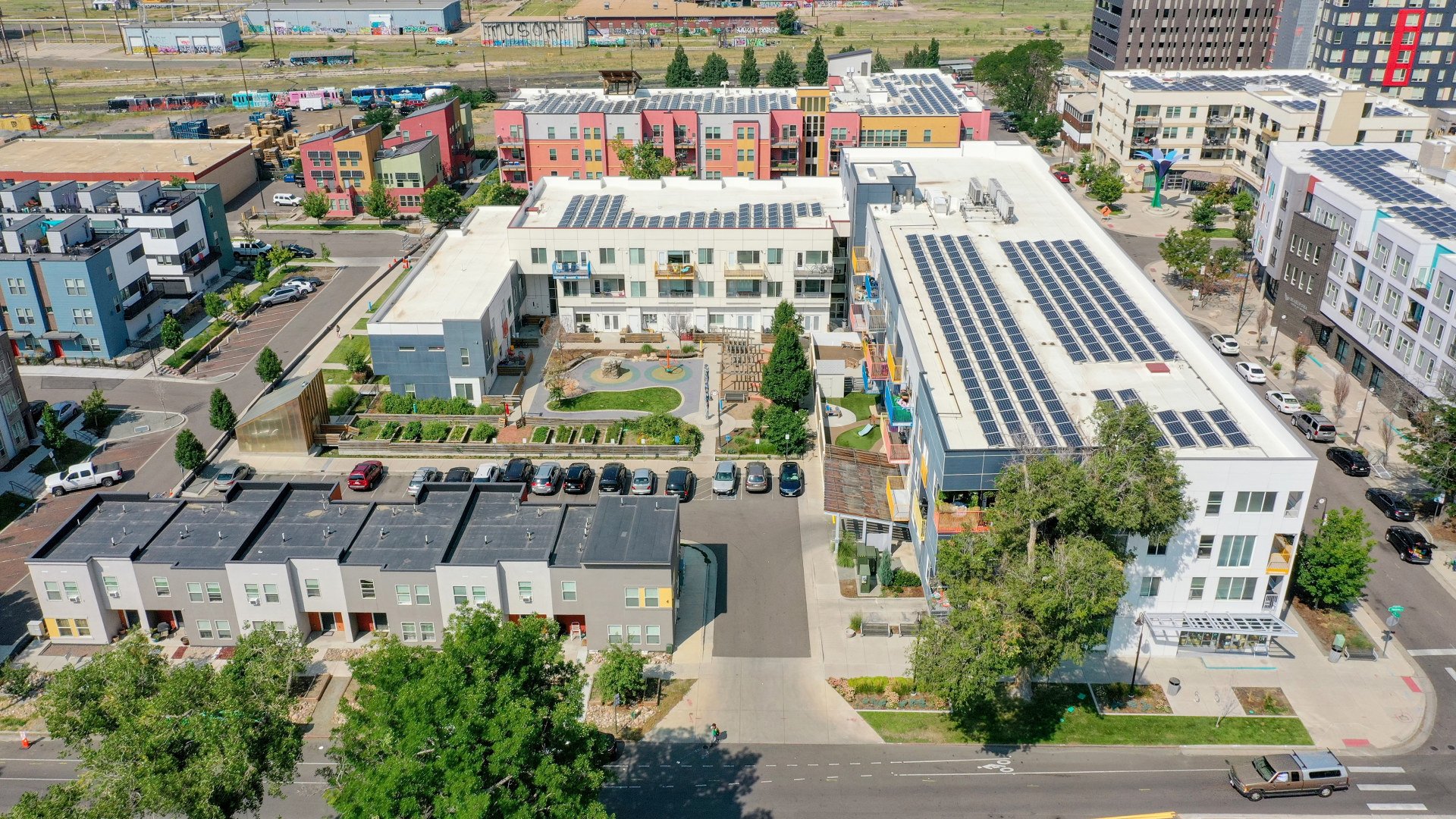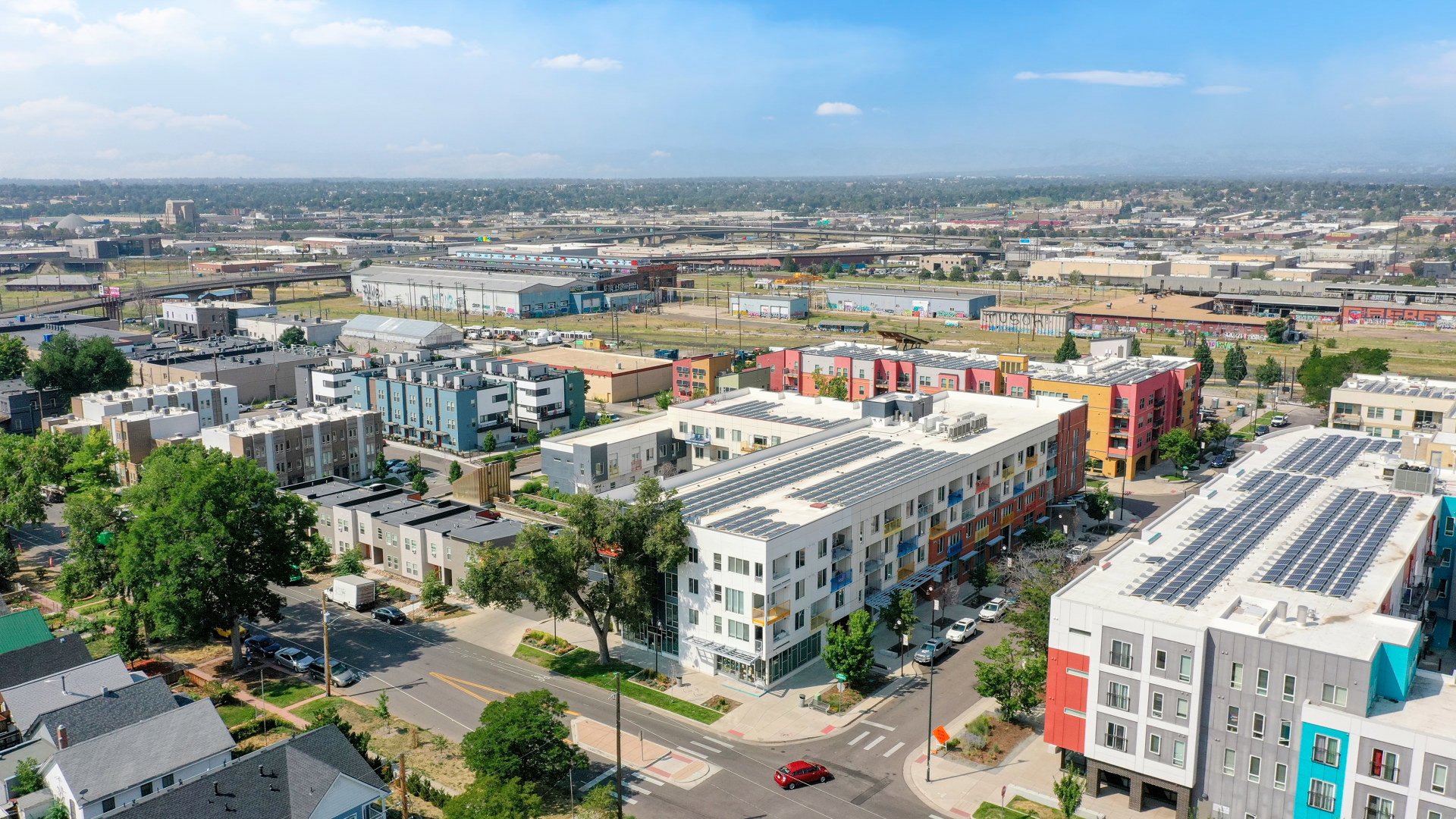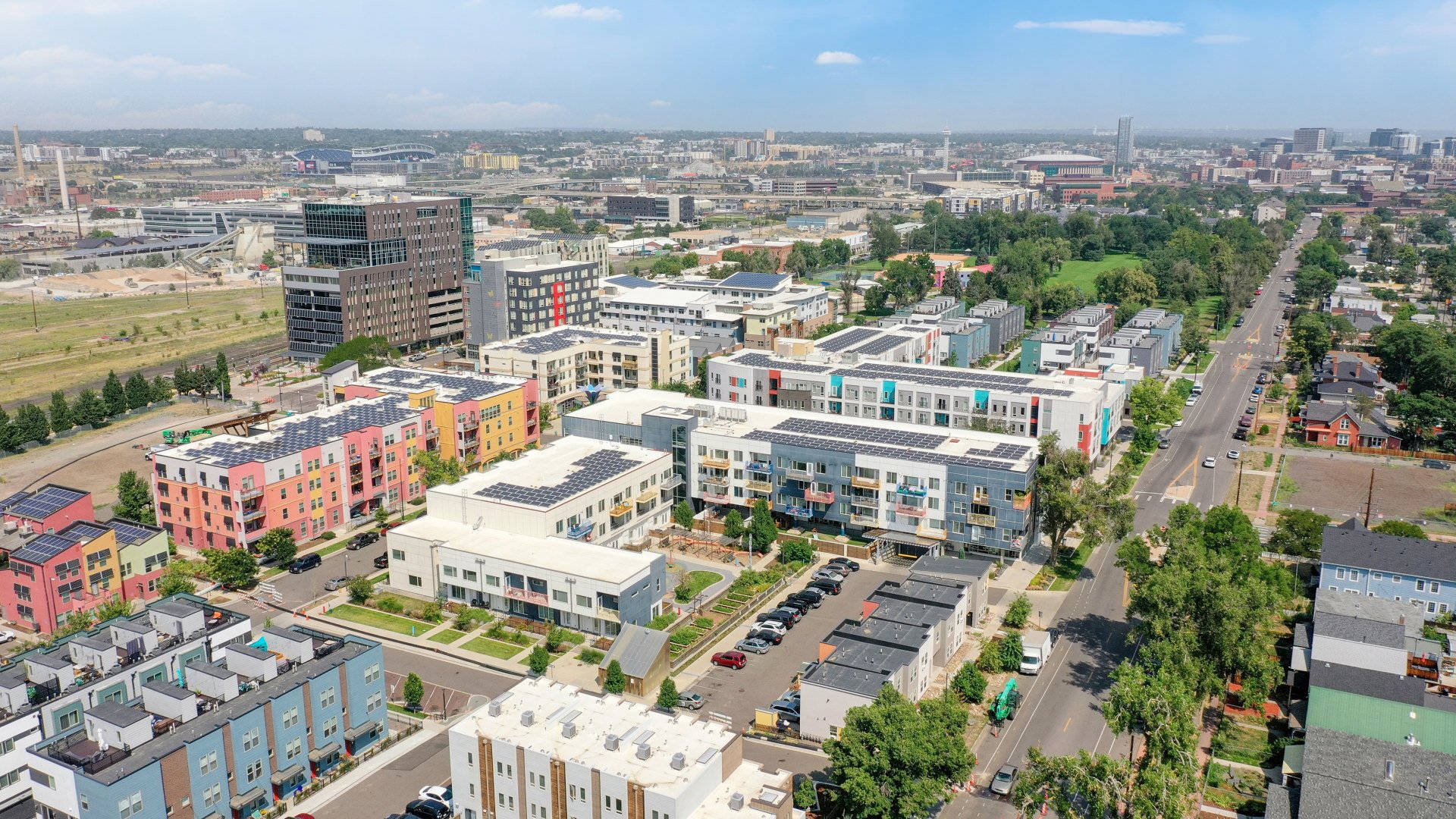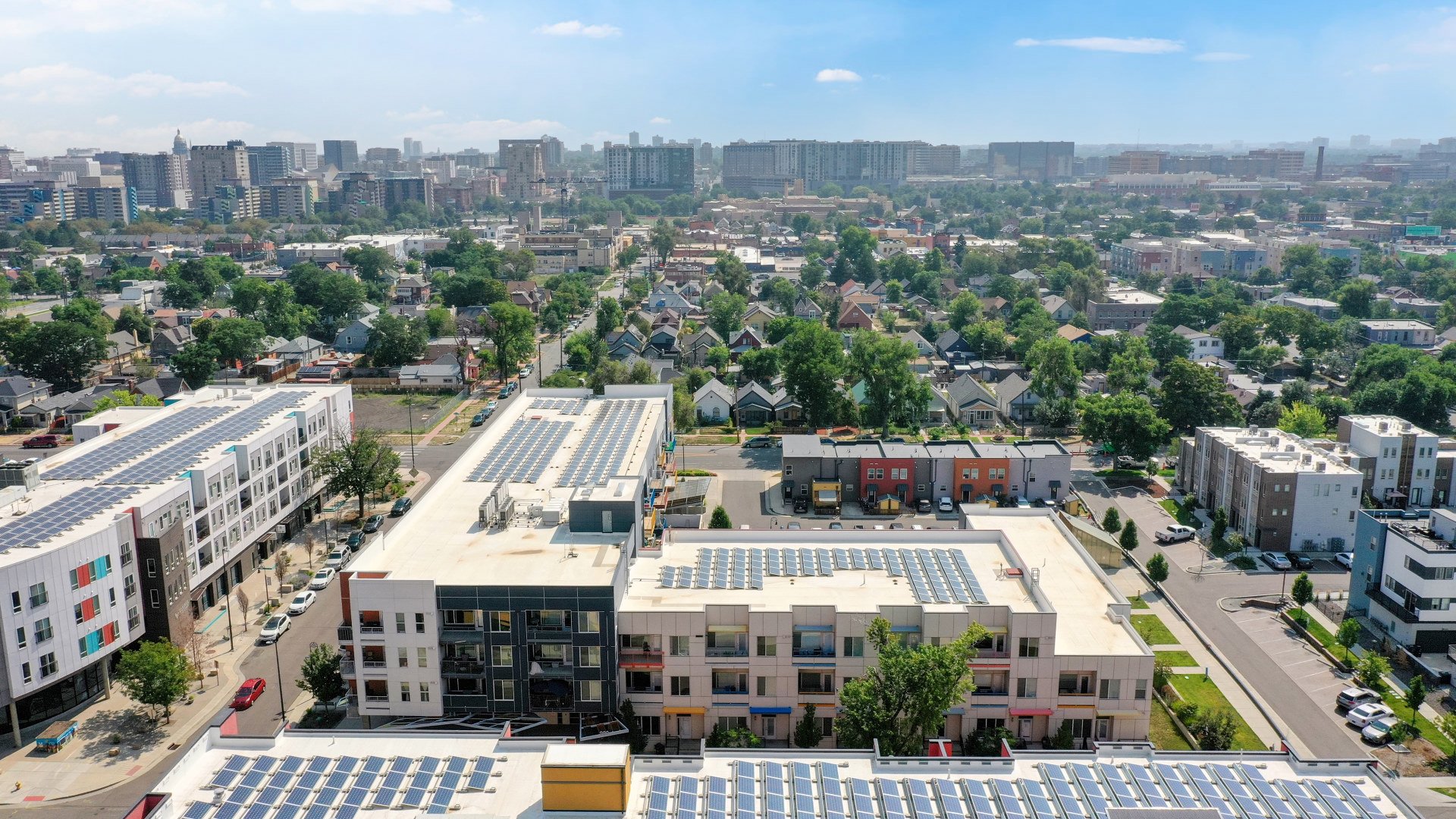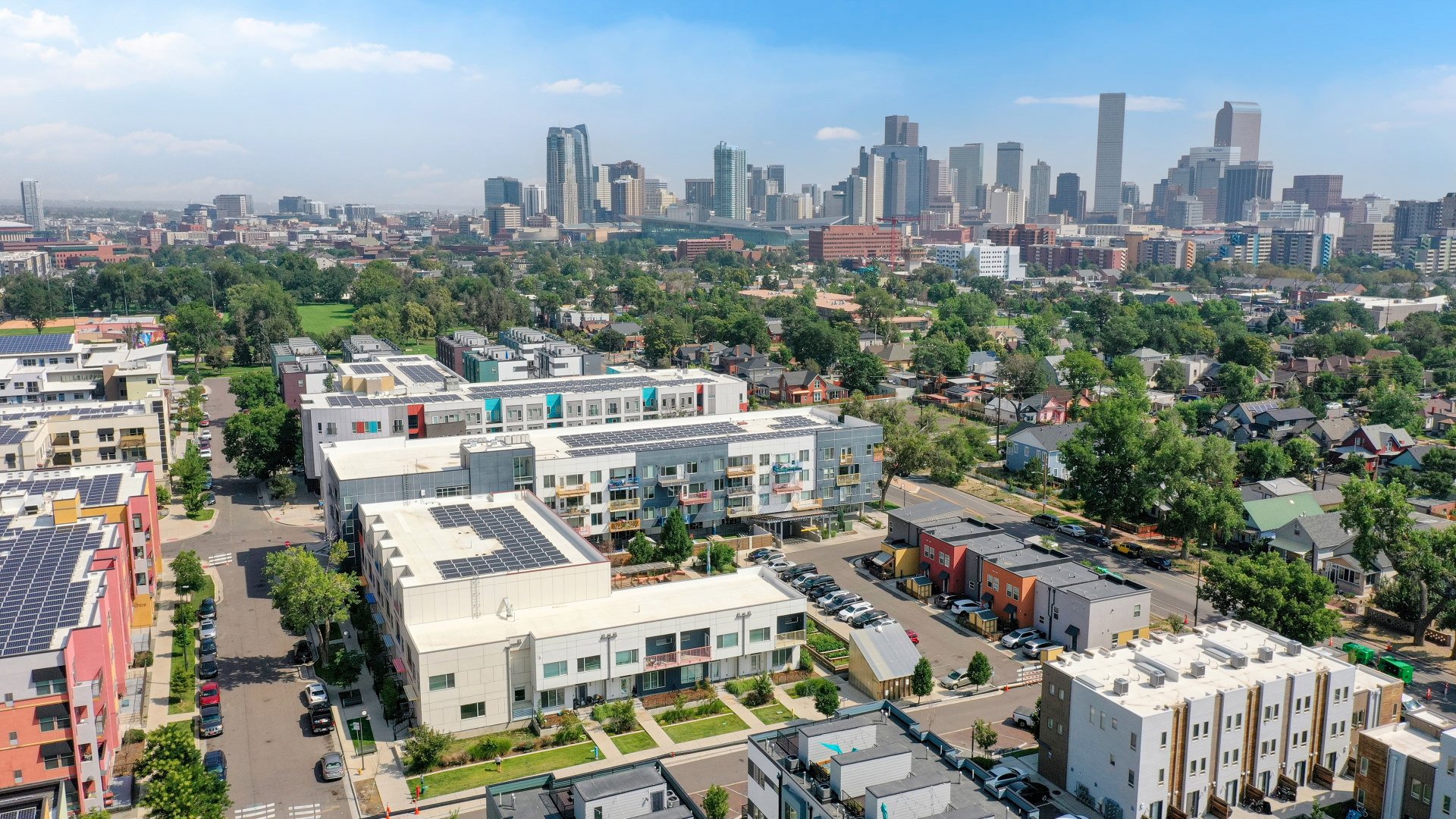South Lincoln Redevelopment Plan
Studio Completiva provided Masterplanningservices to Denver Housing Authority for the revisions to the original master plan, also known as South Lincoln Redevelopment Masterplan v.2.0. The revision was required to record changes to the original master plan as well as modifications that needed to be made based on market conditions and rethinking/refinement of development goals.
The Mariposa District was established in 2006 as part of a transit-oriented development (TOD) planning effort and a partnership between DHA and City and County Denver. The original master plan calls ‘for improved bike and pedestrian access to the station, high-performance buildings with energy-efficient features, a community garden, and a network of open spaces and parks. In addition, the plan calls for one-for-one replacement of public housing units and residential construction before demolition to prevent resident displacement. A mix of privately managed, subsidized affordable units and market-rate units (aimed at creating a mixed-income community) were also proposed. This will increase the number of units in the Mariposa District from 270 to 800, promoting high-density residential development adjacent to the light rail station, as outlined in the city’s TOD plan. DHA’s master plan also adds commercial space, including office and retail space”
The master planning update work was based on revised financial goals and reconfirmation of the Health Impact Assessment (HIA) which was conducted by DHA to identify health issues in the community. The HIA found higher-than-average indicators of heart disease, as well as a high percentage of community members who did not exercise three or more times per week and were overweight or obese. The HIA also highlighted the need to create more opportunities for residents to engage in physical activity, such as widening sidewalks in areas with high levels of pedestrian traffic and improving bike facilities. To build on the findings of the health assessment, DHA customized the Healthy Development Measurement Tool(which was created by the San Francisco Department of Public Health as a means of integrating public health into land-use planning efforts) to evaluate and guide healthy land use development. Using standards that correspond to recognized green development rating systems such as Leadership in Energy and Environmental Design for Neighborhood Development (LEED ND), DHA’s measurement tool laid out objectives for the new development, including sustainable and safe transportation, healthy housing, and environmental stewardship.
COST:
SIZE:
CLIENT:
LOCATION: Denver, Colorado
DATE COMPLETE:
